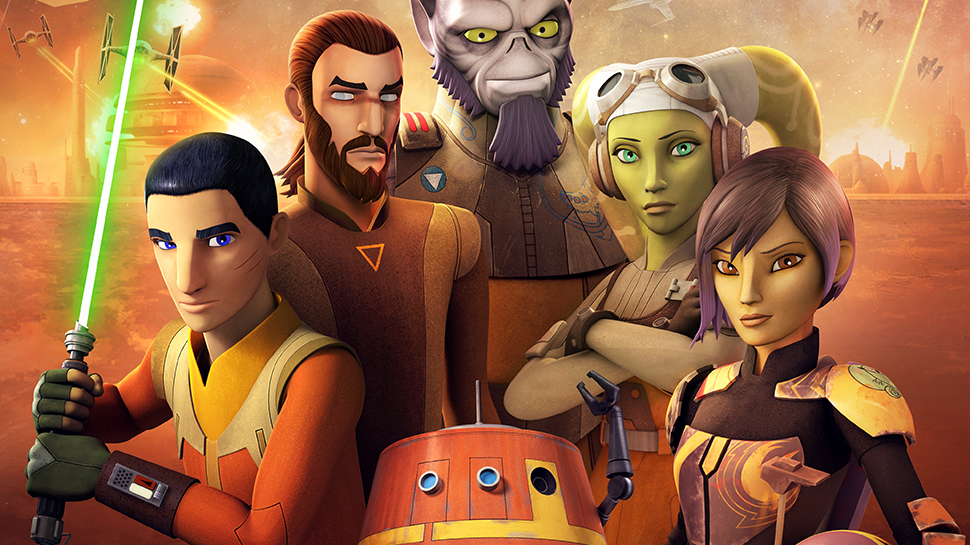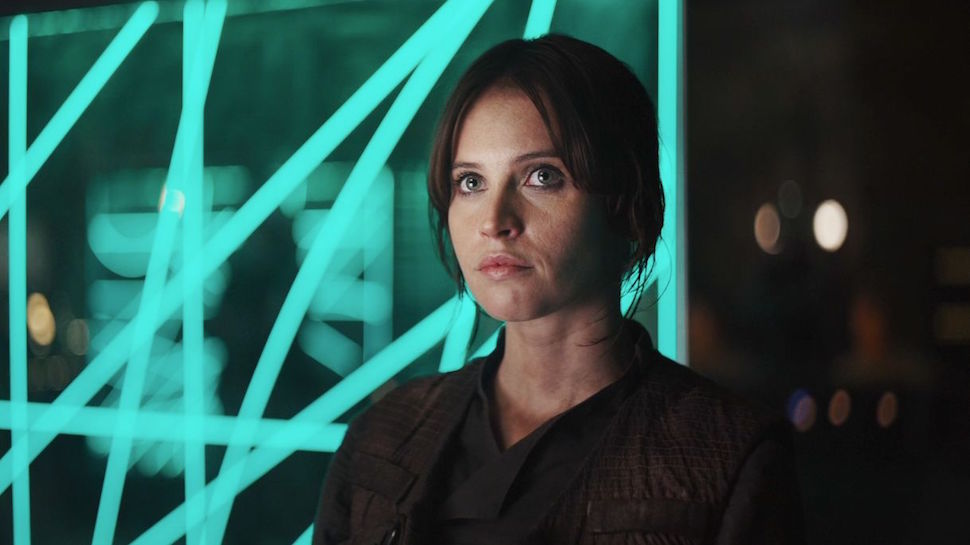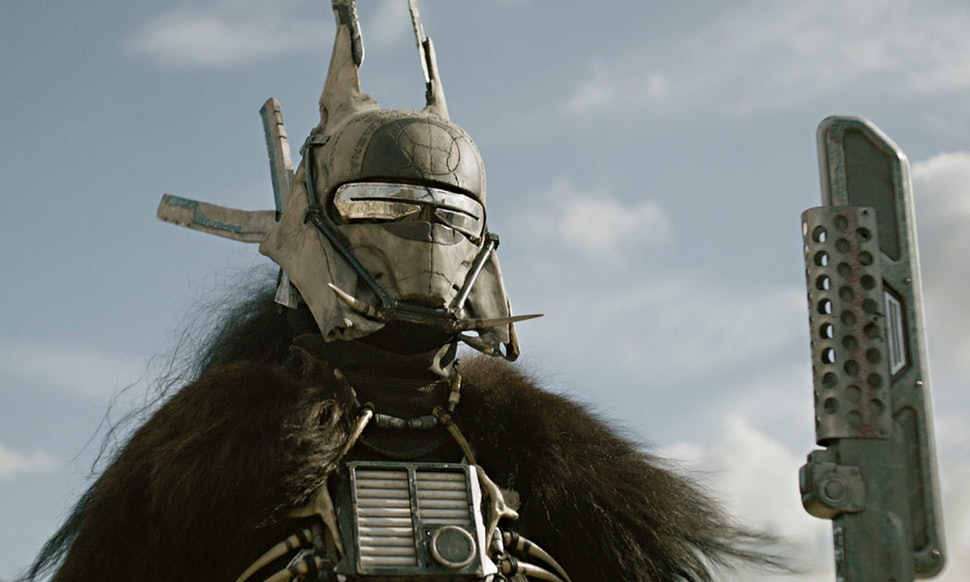When Disney first took over Lucasfilm and the promise of more Star Wars films filled the air, the announcement of standalone non-Saga films gave many fans a sense of both anticipation and anxiety. Some fans, like myself, had found almost as much joy from the Knights of the Old Republic video game series as we had the Original Trilogy. For us, the promise of a new series of films that would explore heretofore unseen aspects of the Star Wars universe in cinematic form was highly, highly enticing.
Yet when the initial “standalone” projects were announced, I raised my eyebrows. A semi-prequel about the Death Star and the Young Han Solo Adventures? They seemed to tie in too close to the Original Trilogy to really fulfill this idea of expanding the universe. Though I ended up loving both movies, I never fully shook that feeling about what I saw was the wasted potential of the idea of non-Saga Star Wars movies.

Lucasfilm/Disney
It wasn’t until I got Disney+ that a few lingering feelings about both movies fell into place. Finally, after years of not having the cable package for it, I was able to binge-watch the Star Wars Rebels animated series. Rebels serves as something of a sister series to Clone Wars, featuring characters and resolving plots from that show. But it’s the way that it also ties into both A Star Wars Story films, especially Rogue One, that made me feel like the two films and the series function as an almost unofficial fourth Star Wars trilogy.
This trilogy doesn’t tell the story of one specific set of characters. Instead, it tells a visual and thematic one. One that gives a previously unseen glimpse into the age in between Republic and Rebellion. A trilogy about the age of imperial dominance and the build-up to the Galactic Civil War.
In the original Star Wars film, we know the Empire is bad, sure. Vader and his crew capturing and torturing the princess, of the Stormtroopers’ murder of Luke’s family and the Jawas, and of course the utter destruction of Alderaan. But we never see Alderaan. Its loss is only felt through Leia and Obi-Wan. Troopers poke around Tatooine. Vader and company arrive at Bespin for the first time. We never see life on an occupied world. Our awareness of the presence of the Empire is almost always through the lens of military engagements.
With Rebels, Rogue One, and Solo, we instead witness the imposing presence of the Empire over the lives of its civilian residents. These works show us what it actually felt like to live under the reign of Palpatine. While The Last Jedi lets go of the past, these works give the past life.

Lucasfilm/Disney
The city of Jedha lives in the literal shadow of a Star Destroyer hanging over it. The citizens of Lothal are forced to work in the Empire’s labor facilities building TIE Fighters. The streets of Corellia are locked down, controlled by criminal organizations with only a privileged few being able to barter their way through the Empire’s checkpoints.
Each of these stories features characters for whom these worlds are home. From Ezra Bridger to Chirrut and Baze, and young Han Solo himself. We feel the presence of the Empire in a visceral way. And Solo takes us even further, following Han into an invasion of yet another world, the boots on the ground assault of Mimban. The combination of this, the “Zero Hour” arc of Rebels, and the epic Battle of Scariff in Rogue account for some of the finest examples of what a “star war” looks like in the entire Star Wars canon.
The real throughline of these stories is their combined depiction of how a loose assortment of insurgents grew into an alliance of rebels that could legitimately challenge a galactic empire. Though told entirely out of sequence via their individual releases, the story is clear to follow. Solo shows us Enfys Nest and her Cloud-Riders. This swoop bike pirate crew and erstwhile rebels push back against Crimson Dawn and their ties to the Empire.
With Rebels, set about five years later, we see how the crew of the Ghost, a similar rebel cell. The Ghost slowly starts to link up with other cells. Covert operators like Ahsoka Tano’s Fulcrum network, connect them into a more organized Rebel Alliance. And with Rogue One, we finally see those disparate bands of rebels come together and declare open war on the Empire at the Battle of Scariff. Which, of course, ties directly into the beginning of the Saga as we know it.

Lucasfilm/Disney
Solo’s novelization defines this throughline even more. It reveals that Enfys Nest delivers the Kessel Run coaxium to Saw Gerrera and young Jyn Erso. This ties not only Solo and Rogue One directly together but Rebels too. Saw, originally a Clone Wars character perfectly drops back into the Rebels series including an arc that ties directly into the plot of Rogue One. The film, in turn, features easter egg references to Rebels, including the Ghost itself being present at the Battle of Scariff.
So while the legacy of the Story anthology films may not be one of showing us a whole new era of the Star Wars universe, it does something else equally impressive. It takes an era that utterly defines the world that the characters in the original trilogy are escaping. They expand it into something that feels incredibly real, and lived-in, complimenting those films and bridging the gap between Episodes III and IV. And with the upcoming pair of Cassian Andor and Obi-Wan Kenobi-based shows for Disney+, it’s an era we’re only going to get to explore further.
Feature Image: Lucasfilm/Disney